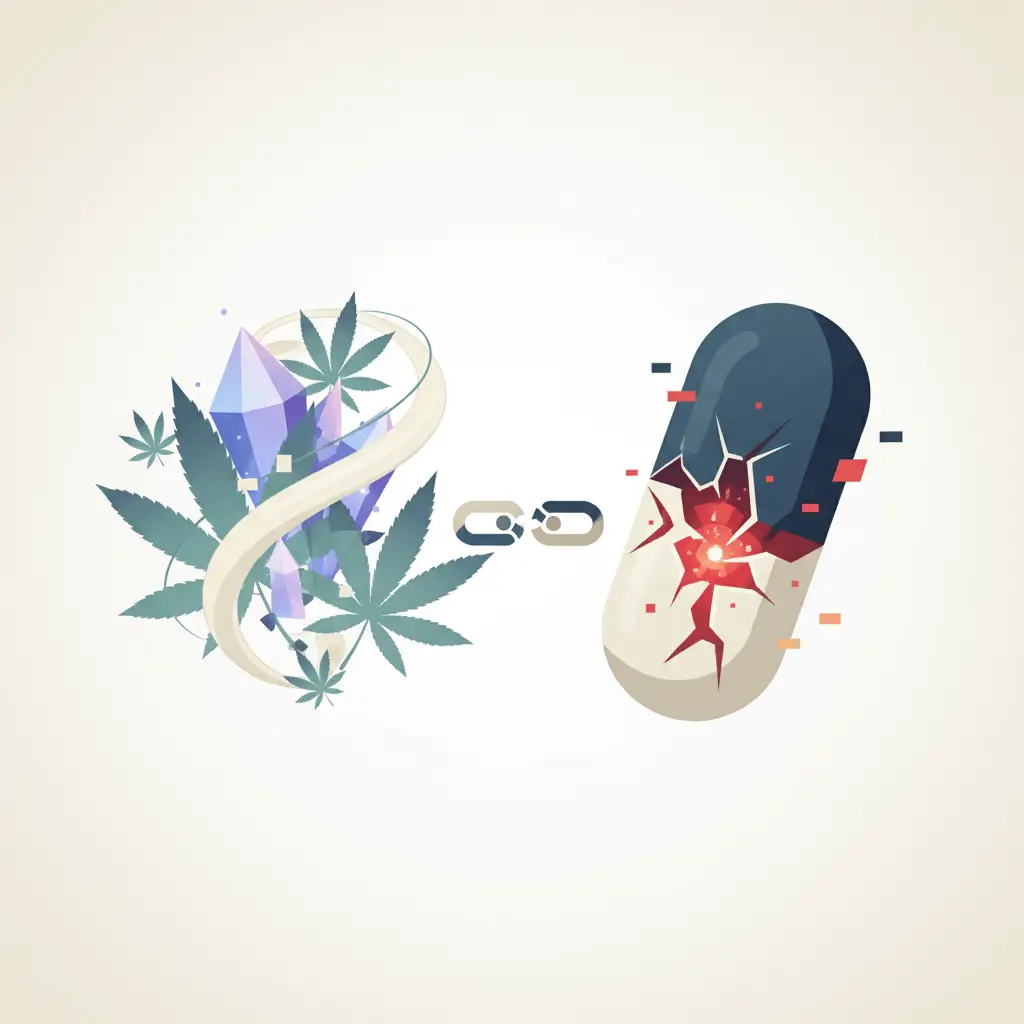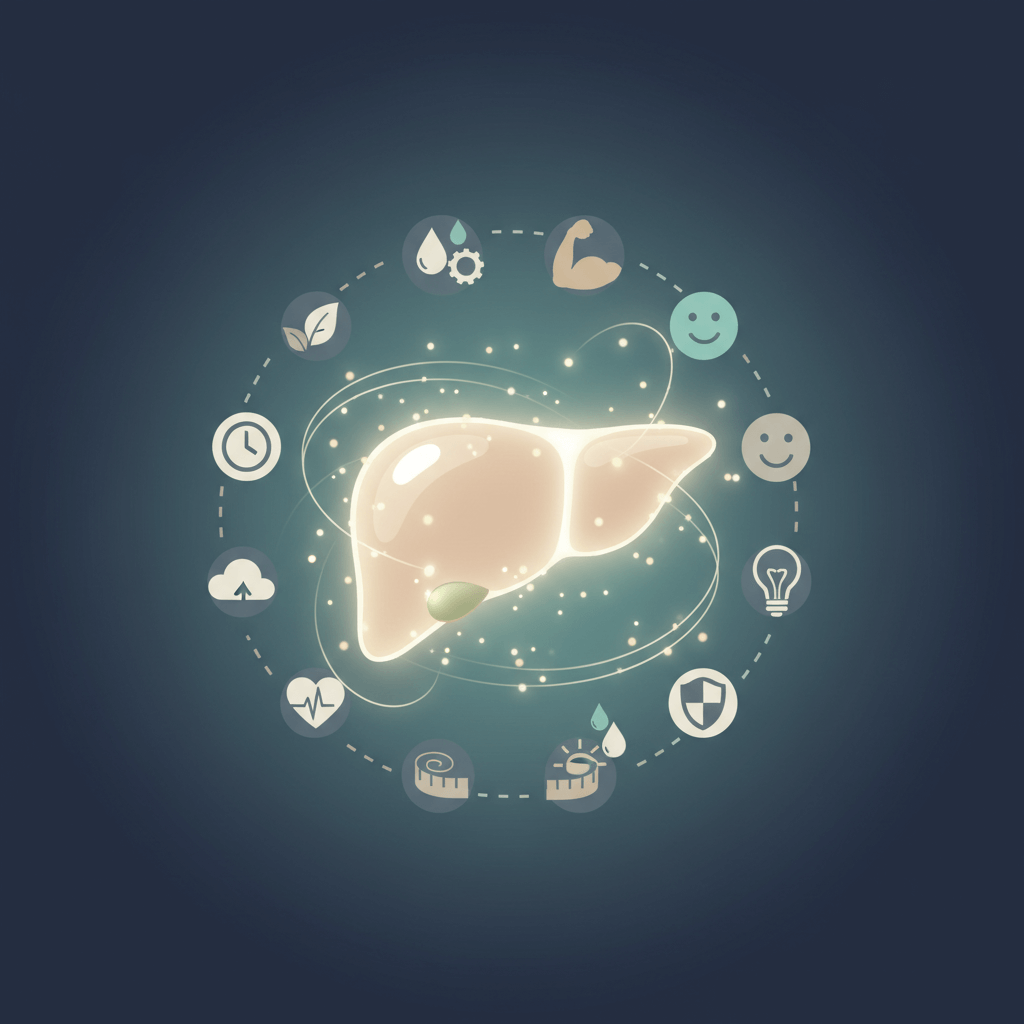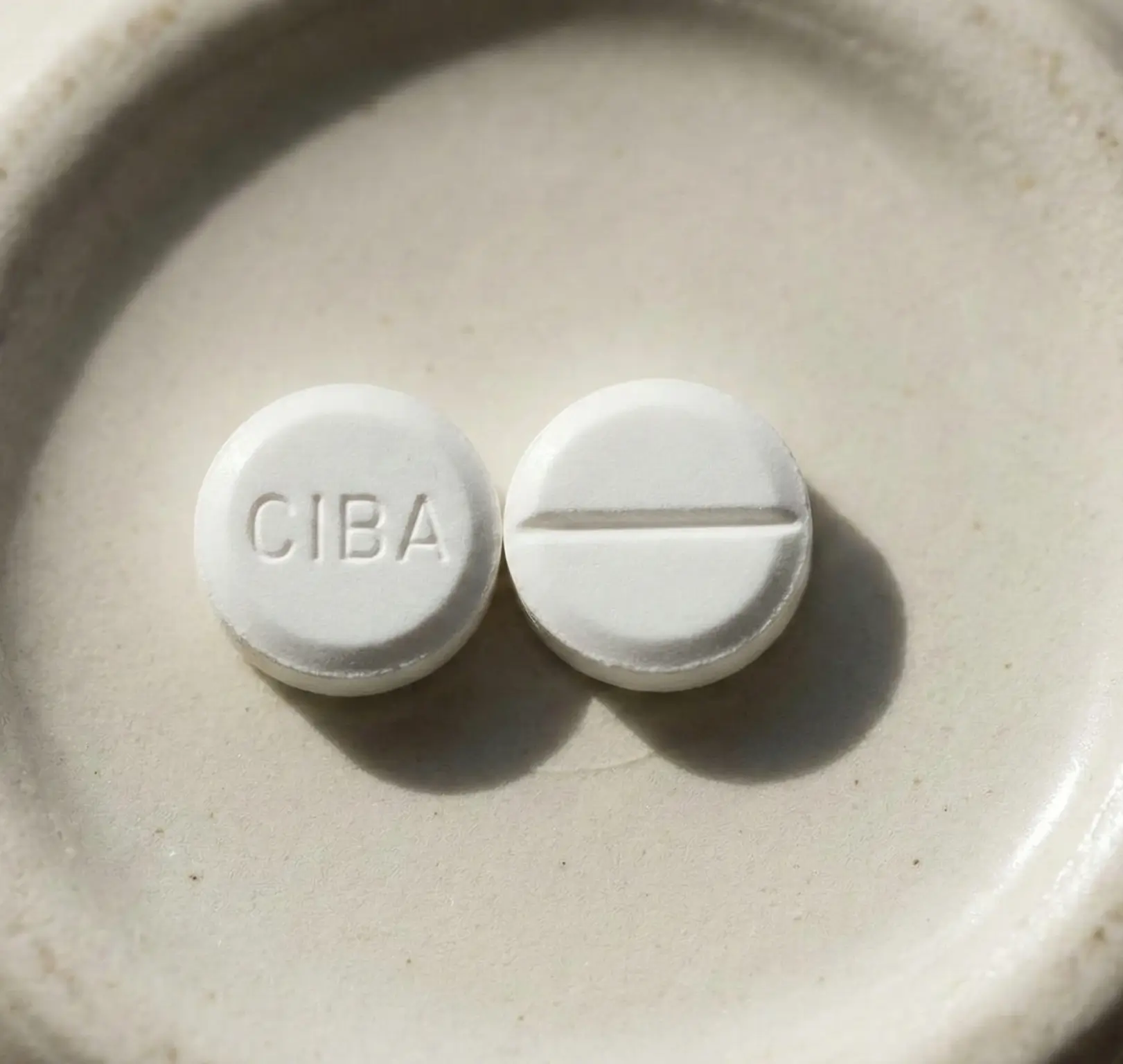The Prevalence of Prescription Drug Abuse
Prescription drug abuse has become a significant issue in recent years, affecting individuals from all walks of life. To address this problem effectively, it is crucial to understand the scope of the issue and the reasons behind the common abuse of prescription drugs.

Understanding the Scope of the Problem
The prevalence of prescription drug abuse is alarming. According to recent studies, approximately 18 million Americans have misused prescription medications at least once in the past year. This statistic highlights the magnitude of the problem and the need for increased awareness and education.
Prescription drug abuse is not limited to a specific demographic or age group. It affects people of all ages, genders, and backgrounds. However, certain populations are more vulnerable, such as teenagers, older adults, and individuals with a history of substance abuse.
One contributing factor to the scope of prescription drug abuse is the accessibility of these medications. Prescription drugs are often obtained legally through healthcare providers, making it easier for individuals to misuse or divert them for non-medical purposes. Additionally, the rise of online pharmacies and the illegal market have further facilitated the availability of these drugs.
Reasons for the Common Abuse of Prescription Drugs
There are several reasons why prescription drugs are commonly abused. Understanding these factors can shed light on the underlying issues and help in addressing the problem effectively.
- Pain Management: Prescription opioids, such as oxycodone and hydrocodone, are commonly prescribed to manage pain. Some individuals may misuse these medications to self-medicate, seeking relief from chronic pain or discomfort.
- Curiosity and Experimentation: Curiosity can drive individuals to experiment with prescription drugs, especially among teenagers and young adults. They may be unaware of the potential risks and dangers associated with misuse.
- Peer Influence: Peer pressure can be a significant factor in prescription drug abuse. Individuals may be influenced by friends or acquaintances who are already engaged in the misuse of prescription medications.
- Escaping Reality: Some individuals turn to prescription drugs as a means of escaping from stress, emotional pain, or traumatic experiences. The temporary euphoria or numbing effect that certain drugs provide may offer an enticing escape from reality.
- Misconceptions about Safety: Prescription drugs are often perceived as safer than illicit drugs because they are prescribed by healthcare professionals. However, this misconception can lead to misuse, as individuals may underestimate the potential risks and addictive nature of these medications.
Addressing the issue of prescription drug abuse requires a multifaceted approach, involving education, prevention, and support systems. By understanding the scope of the problem and the reasons behind the common abuse of prescription drugs, we can work towards creating a healthier and safer society.
Recognizing the Signs of Prescription Drug Abuse
To effectively address the issue of prescription drug abuse, it is crucial to be able to recognize the signs and symptoms. The signs can manifest in various ways, including physical, behavioral, and emotional indicators. By understanding these signs, we can take appropriate action and help those in need.
Physical Signs and Symptoms
Physical signs of prescription drug abuse can vary depending on the specific drug being abused. Here are some common physical indicators to watch out for:
Drug Type and Physical Signs and Symptoms
Opioids: Pinpoint pupils, drowsiness, slowed breathing, constipation
Benzodiazepines: Drowsiness, confusion, poor coordination, slurred speech
Stimulants: Increased energy, decreased appetite, dilated pupils, rapid heartbeat
It's important to note that these physical signs alone may not confirm prescription drug abuse. However, when combined with other symptoms, they can provide valuable insight into the situation.
Behavioral Signs and Changes
Behavioral changes often accompany prescription drug abuse. These changes may be subtle or more pronounced, depending on the individual and the extent of the abuse. Some common behavioral signs to look out for include:
- Increased secrecy and withdrawal from social activities
- Sudden changes in friendships and social circles
- Neglecting responsibilities and obligations
- Engaging in risky behaviors
- Doctor shopping or seeking prescriptions from multiple healthcare providers
- Financial difficulties and frequent borrowing of money
Recognizing these behavioral changes can be crucial in identifying potential prescription drug abuse.
Emotional and Psychological Indicators
Prescription drug abuse can also have significant emotional and psychological effects. Individuals struggling with prescription drug abuse may exhibit the following emotional and psychological indicators:
- Mood swings and irritability
- Anxiety and restlessness
- Depression and feelings of hopelessness
- Increased aggression or hostility
- Poor decision-making and impaired judgment
It's important to approach these indicators with empathy and understanding, as they may stem from the underlying issues driving the abuse.
By being vigilant and observant of these signs, we can help identify potential cases of prescription drug abuse. If you suspect someone may be abusing prescription drugs, it is essential to approach the situation with care and encourage them to seek professional help. Remember, early intervention and support are key to addressing prescription drug abuse effectively.
Commonly Abused Prescription Drugs
Prescription drug abuse is a significant problem that affects individuals from all walks of life. Understanding the specific drugs that are commonly abused can help in recognizing the signs and addressing the issue effectively. The following are three categories of prescription drugs that are frequently misused and abused: opioids, benzodiazepines, and stimulants.
Opioids
Opioids are prescription pain medications that are commonly abused due to their powerful pain-relieving effects and potential for addiction. These drugs work by binding to opioid receptors in the brain, blocking pain signals, and producing feelings of euphoria. Some commonly abused opioids include:
Drug Name and Common Brand Names
Oxycodone: OxyContin, Percocet
Hydrocodone: Vicodin, Norco
Fentanyl: Duragesic, Actiq
Codeine: Tylenol with Codeine
Morphine: MS Contin, Kadian
Misuse of opioids can have severe consequences, including respiratory depression, overdose, and even death. It is important to be aware of the signs of opioid abuse and seek help if necessary.
Benzodiazepines
Benzodiazepines, commonly referred to as "benzos," are prescription drugs primarily used to manage anxiety, insomnia, and seizures. These medications work by enhancing the effects of a neurotransmitter called gamma-aminobutyric acid (GABA), which helps to calm the brain and central nervous system. However, their sedative and relaxing properties make them susceptible to abuse. Some commonly abused benzodiazepines include:
Drug Name and Common Brand Names
Alprazolam: Xanax
Diazepam: Valium
Lorazepam: Ativan
Clonazepam: Klonopin
Temazepam: Restoril
Abusing benzodiazepines can lead to dependence, memory problems, impaired coordination, and increased risk of accidents. Recognizing the signs of benzodiazepine abuse is crucial for early intervention and support.
Stimulants
Stimulant medications are prescribed to treat conditions such as attention deficit hyperactivity disorder (ADHD) and narcolepsy. These drugs work by increasing dopamine and norepinephrine levels in the brain, improving focus, attention, and alertness. However, stimulants also have a high potential for abuse, as they can produce feelings of euphoria and increase energy levels. Some commonly abused stimulants include:
Drug Name and Common Brand Names
Methylphenidate: Ritalin, Concerta
Amphetamine: Adderall
Dextroamphetamine: Dexedrine
Lisdexamfetamine: Vyvanse
Abusing stimulants can lead to serious health consequences, including cardiovascular problems, anxiety, paranoia, and addiction. It is important to be aware of the signs of stimulant abuse and seek help if needed.
Understanding the commonly abused prescription drugs and their effects is essential for identifying potential misuse and addressing the problem promptly. If you suspect someone may be struggling with prescription drug abuse, encourage them to seek professional help and provide support during their journey towards recovery.
Steps to Address Prescription Drug Abuse
Addressing prescription drug abuse requires a multifaceted approach that involves seeking professional help, utilizing support systems and resources, and implementing preventive measures through education.
Seeking Professional Help
One of the most crucial steps in addressing prescription drug abuse is seeking professional help. Individuals struggling with prescription drug abuse should reach out to healthcare professionals specializing in addiction treatment. These professionals can provide a comprehensive assessment of the situation and develop a personalized treatment plan.
Treatment options for prescription drug abuse may include:
- Detoxification: This process involves safely managing the withdrawal symptoms that occur when a person stops using the drug. Medical supervision during detoxification is essential to ensure the individual's safety and well-being.
- Therapy: Various therapy approaches, such as cognitive-behavioral therapy (CBT) and motivational interviewing, can help individuals understand the underlying causes of their drug abuse and develop strategies to overcome addiction.
- Medication-Assisted Treatment (MAT): In some cases, healthcare professionals may prescribe medications to help manage cravings and withdrawal symptoms as part of a comprehensive treatment plan.
Remember, seeking professional help is a vital step towards recovery. If you or someone you know is struggling with prescription drug abuse, don't hesitate to reach out to healthcare professionals for guidance and support.
Support Systems and Resources
Building a strong support system is instrumental in addressing prescription drug abuse. Surrounding oneself with understanding and empathetic individuals can provide the necessary encouragement and accountability during the recovery journey. Here are some resources and support systems that can be beneficial:
- Support groups: Joining support groups, such as Narcotics Anonymous or SMART Recovery, can connect individuals with others who have faced similar challenges. These groups offer a sense of community, shared experiences, and valuable guidance.
- Counseling services: Individual therapy sessions with licensed therapists or counselors can provide a safe and confidential space to address underlying issues contributing to drug abuse and develop coping strategies.
- Friends and family: Engaging loved ones in open and honest conversations about prescription drug abuse can foster understanding and garner the support needed for recovery.
Preventive Measures and Education
Prevention plays a crucial role in addressing prescription drug abuse. Educating oneself and others about the dangers of prescription drug misuse can help foster informed decision-making. Key preventive measures include:
- Proper medication management: Safely storing prescription medications, following prescribed dosages, and not sharing medications with others can help prevent misuse and reduce the risk of addiction.
- Prescription drug take-back programs: Participating in drug take-back programs, which allow individuals to dispose of unused or expired medications, can prevent their misuse and diversion into illicit channels.
- Public education campaigns: Government agencies, healthcare organizations, and advocacy groups regularly conduct awareness campaigns to educate the public about prescription drug abuse, its consequences, and available resources for help.
By taking these steps, individuals can address prescription drug abuse effectively and work towards a healthier, drug-free life. Remember, recovery is possible with the right support and commitment to change.
Sources
Prescription drug abuse - Symptoms and causes













